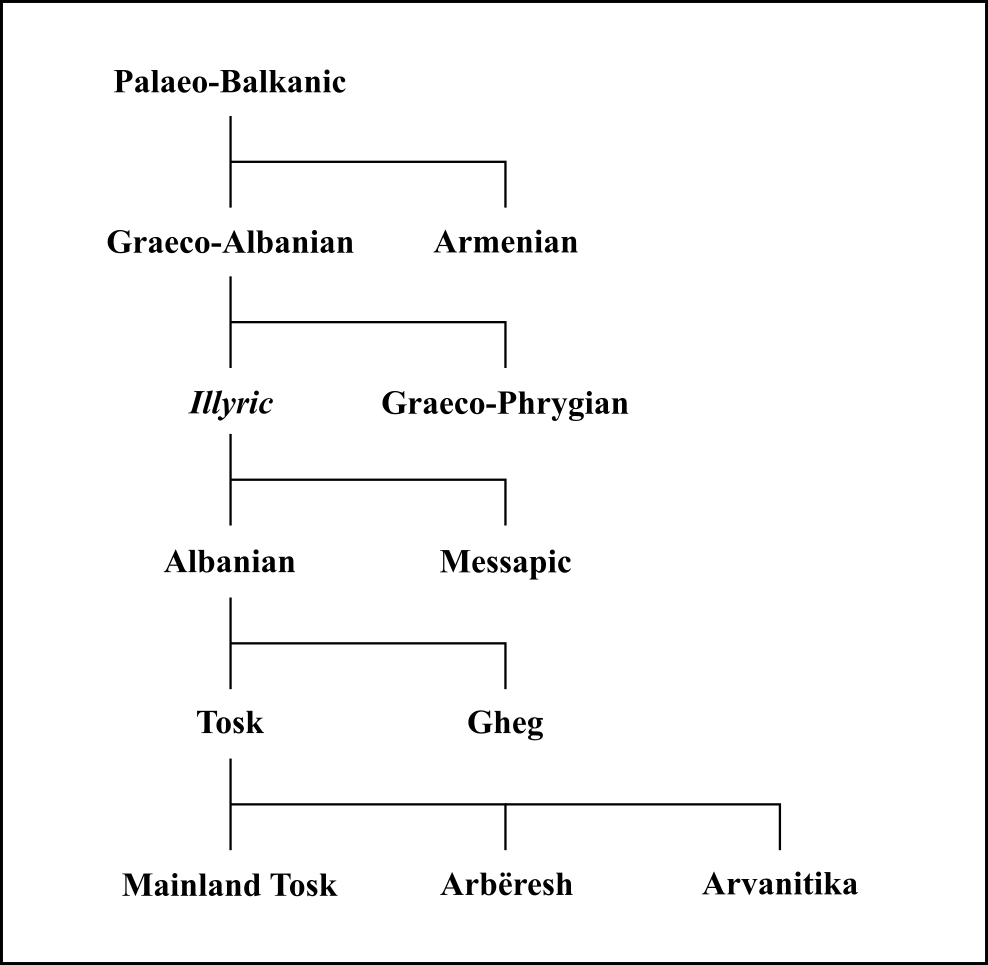enter_tain
Banned
- Messages
- 737
- Reaction score
- 113
- Points
- 0
- Y-DNA haplogroup
- J2B2-L283/Z638
Only a small part of Hungary is really relevant for the earliest period, that's the Nyirseg region, mostly in what is now Szabolcs-Szatm�r-Bereg. The rest of Hungary largely not as much.
Even later the main distribution area was always the Tisza and Transtisza area. How many samples are from locals of the Transtisza region? That's like sampling Slavs and Romans in Albania, you can do that, probably, but that tells you little about the locals, even in case they mixed with them, they are not identical. Same here. We have no locals from the Eastern region of the cremating groups.
To understand how E-V13 came to Bulgaria, just follow the rivers Tisza-Danube and Tisza-Pruth-Danube:

Western route (Tisza-Danube): G�va -> Belegis II-G�va
Eastern route (Tisza-Prut-Danube): Lapus II-G�va -> Babadag
Both ended at the Lower Danube and spread from there through the rest of Bulgaria.
I always said that Thrace should have a lot of E-V13. Why is as of yet not fully clear, but it can't be unrelated to Channelled Ware and (Daco-) Thracians.
As for your sarcastic comment, Thracians of the South East and the other Thracians being one koine, you also see it with Channelled and stamped pottery, the related groups of G�va (late), Babadag, Bosut-Basarabi and Psenichevo. We got now one tested, Psenichevo, there are just three to go to get the full circle. Simple as that.
Channelled Ware did move along the rivers, they were adapted to more wet zones for specialised agriculture and animal husbandry.
EV13 originated somewhere in West Asia. Where/when exactly we don't know, but now it pops up near the border with Anatolia. So it being "eastern" in origin is not news, since R1b/R1a/J2B2/J1/some I2-clades are all "eastern". The issue is when/where.
If you study their clades, and you know the Albanians are relatively younger, then tell your friends Hawk/Mount & co that, because it seems they can't grasp that.



